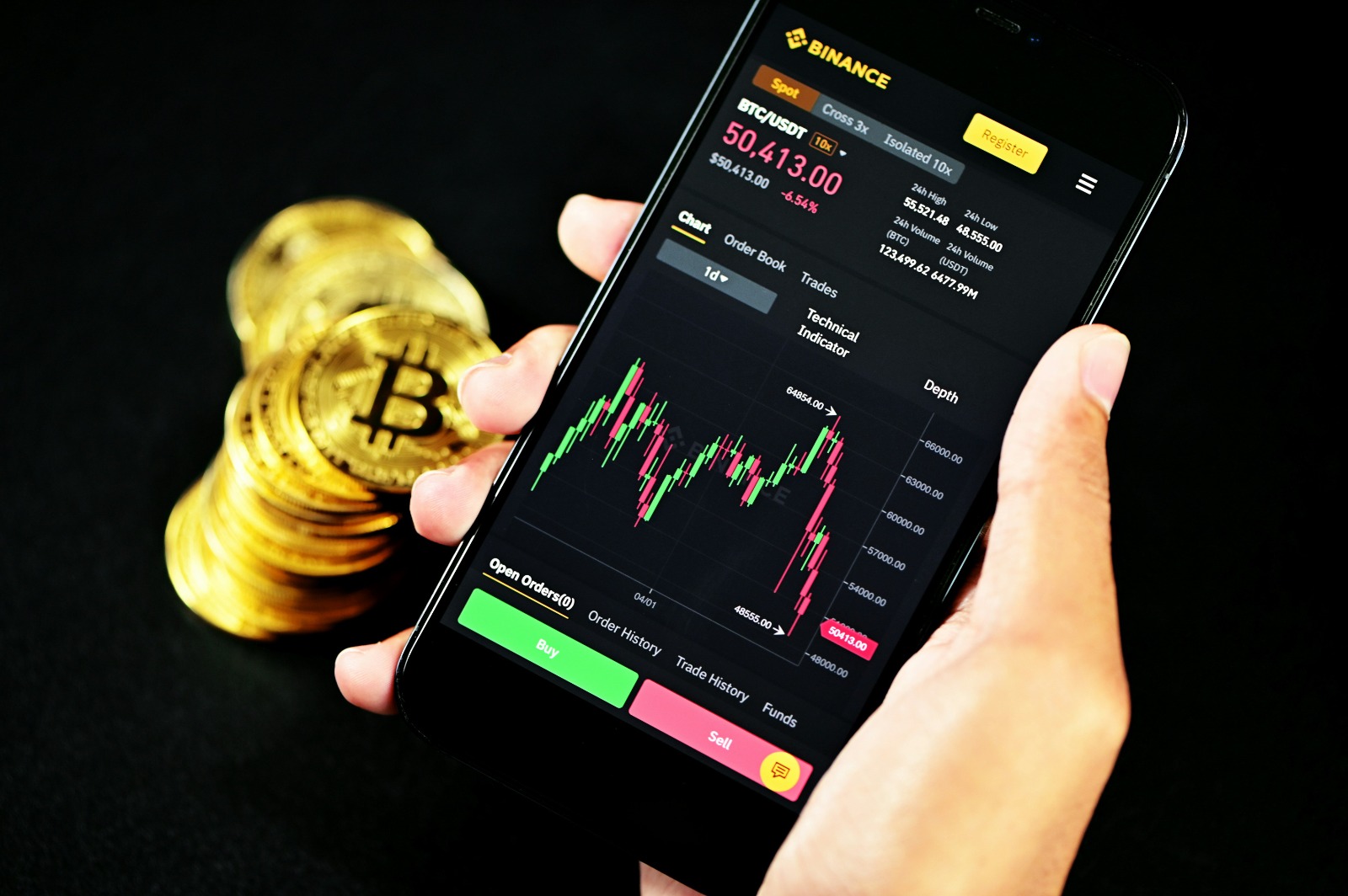Have you ever pondered how cryptocurrencies like Bitcoin, Ethereum, Binance coin are created? Let’s dive into the astonishing process of cryptocurrency mining with me. Mining isn’t just about digging in the traditional sense but it’s a digital process which involves solving intricate mathematical puzzles or problems using powerful computers with graphics card integrated. Miners compete to solve these puzzles, and the first one who succeed gets rewarded with new coins. Mining is not about luck at all, it requires various software skills and competitive hardware of computes. As the number of miners increase in a network it becomes more challenging, yet potentially rewarding. Out of many technical aspects, mining plays an important part in maintaining the decentralized nature of cryptocurrencies. It makes sure the transactions are verified without the central authority or any intermediaries, like a different local or international transactional app like PayPal or different Banks.
In this article, I will break down the mining process step by step, finding out different mining methods, discussing profitability, and highlighting the environmental aspects. Whether you’re new to cryptocurrencies or seeking to broaden your understanding, let’s start the journey of understanding cryptocurrency mining.
What is Cryptocurrency Mining?
Cryptocurrency mining is a process in which we solve difficult mathematical equation, problems and puzzles with help of strong computers. Which results in creating different digital currencies in reward of solving those equations. These are some popular digital cryptocurrencies ; Bitcoin, Ethereum, Tether, Binance coin, Solana, USD coin etc.
Miners in the Blockchain Network
Miners perform key role in maintaining the blockchain secure and reliable. Whenever any user makes a cryptocurrency transaction, it needs to be verified by miners to ensure its legitimacy. Miners make groups of the transactions into blocks and race to solve challenging puzzles. The first miner to solve it gets to add the block to the blockchain and earns new coins and transaction fees.
The Mining Process Explained
Here’s how mining works in a nutshell:
- Transaction Verification: When a transaction is being made , it gets broadcast to the network and grouped with others in a “block.”
- Solving the Puzzle: Miners use their computers to solve a tricky math’s problems and puzzles adding to the Blockchain. The first miner who gets lucky to solve the puzzle shares the solution with the network. then other miners in that network verify it, and if it’s correct, then the block gets added to the blockchain.
- Earning Rewards: The winning miner gets rewarded with new coins and transaction fees.
Solving Mathematical Puzzles
These puzzles are cryptographic hash functions which are hard to solve but easy to verify. This ensures it’s challenging to create a valid block. Then it becomes simple for the network to confirm it’s correct.
Validating and Securing Transactions
Mining validates and secures transactions without needing a central authority, keeping the network decentralized.
Cryptocurrency mining isn’t just about making new coins. It’s about maintaining the security of Blockchain and its transparency.
Types of Mining
Cryptocurrency mining is not of single type. If you are thinking to join crypto mining then I’ll tell you about different types of mining. You may choose yourself which suits you best.
Solo Mining: if you want to do it alone, just you and your trusty mining rig. Then solo mining is good for you. Solo mining can be highly rewarding, but it’s a tough and tiresome game for lone miner where you compete against massive operations. The big payout is possible, but there is a lot at stake .
Pool Mining: Its is kind mining which you usually do by making groups with different miners. You combine your computing power with a group, making it a lot easier then solo mining to solve puzzles and earn rewards. The profits are shared among the groups, but you can make good money with this.
Cloud Mining: It offers a hassle-free entry point if you’re not ready to invest in expensive and powerful hardware. Cloud mining lets you rent out mining power from a company. However, you need to do a lot research prior to selecting any company for cloud mining. Because there are many scammers out there to steal you earnings.
The Cost of Mining
Mining cryptocurrency seems very appealing, but let’s talk about the costs involved in mining. First of all mining hardware are most likely to inflating due to a lot of miners joining day by day. Good mining hardware doesn’t come cheap at all. You’re looking at anywhere from a few hundred to several thousand dollars for specialized equipment like GPU (graphics processing unit), SSD for crypto mining, ASIC (application-specific integrated circuit), or the latest FPGA (Field Programmable Gate Array) chip
Electricity consumption:
Your electricity bill will see a spike because mining consumes a lot of power, and depending on where you live, this could significantly cut into your profits.
Maintenance: Keeping your mining rigs in top shape requires regular maintenance. This means cooling systems, repairs, and sometimes replacing outdated parts.
Rewards and Incentives
You might be wondering what would you get in reward. Block Rewards are a major incentive. Currently, Bitcoin miners get 6.25 BTC per block. Fascinating, right? It’s a nice reward, but it gets halved every four years, reducing your earnings over time. In addition to block rewards, miners also earn Transaction Fees from the transactions included in their blocks. These fees fluctuate based on network activity, providing an extra income stream.
Challenges in Cryptocurrency Mining
Mining isn’t all smooth sailing. Here are some challenges you might face. One big hurdle is Increasing Difficulty. As more miners join the network, solving those puzzles becomes tougher, needing more computing power and electricity. Another challenge is Market Volatility. Cryptocurrency prices can swing wildly. A sudden drop can turn a profitable operation into a money-losing one overnight. Lastly, consider Regulatory Uncertainty some places might restrict or even ban mining, impacting your operations.
Tips for Successful Mining
If you want to mine successfully, Keep these tips in mind. First, Research Thoroughly. Before diving in, research the cryptocurrency you want to mine, the necessary hardware, and current market conditions. Next, Join a Mining Pool. Especially for beginners, mining pools can provide more stable earnings and buffer against mining difficulty changes. Another tip is to Optimize Energy Use. Reduce electricity costs by using energy-efficient hardware or mining in areas with lower electricity rates. Finally, Stay Updated. The crypto world changes fast. Stay informed about new hardware, changes in mining difficulty, and regulatory updates.
Conclusion: Is Cryptocurrency Mining Right for You?
Mining of cryptocurrency can offer great rewards but comes with great costs and risks too. Evaluate your resources and willingness to stay informed before diving in. If you’re committed and prepared to navigate the challenges, mining can be a profitable and exciting way to engage with the cryptocurrency world. For those just starting out, consider cloud mining or joining a pool to gain experience. Ultimately, whether mining is right for you depends on your goals, risk tolerance, and dedication to staying up-to-date in this rapidly evolving field.


I’ll add, For those just starting out, consider cloud mining or joining a pool to gain experience. Ultimately, whether mining is right for you depends on your goals, risk tolerance, and dedication to staying up-to-date!
liked the way you explained in simple words. Much appreciated!
great. Thank you! Please write more stuff like this